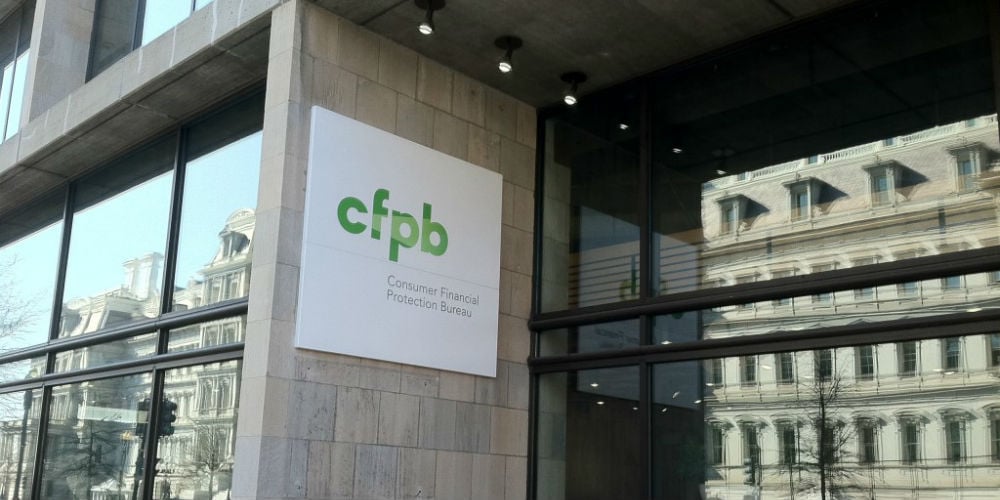CFPB Fair Lending Report

Late last month, the CFPB issued its annual Fair Lending Report for 2018. 2018 was a year of change for the Office of Fair Lending and Equal Opportunity (OFLEO). Last year, the OFLEO transitioned from the Supervision, Enforcement, and Fair Lending Division to the Director’s Office. But as in years past, the report described the CFPB’s efforts to fulfill its fair lending mandate. You may recall that the Dodd-Frank Act created the OFLEO. See, 12 CFR § 5493(c). And Dodd-Frank required that the OFLEO provide Congress with annual reports about its efforts to fulfill its fair lending mandate. See, 12 CFR § 5493(c)(2)(D).
As usual, the report described the CFPB’s outreach efforts, relevant guidance and rulemakings, interagency coordination, and supervision and enforcement efforts. In line with the year of change for the OFLEO, the report highlighted the CFPB’s first fair lending symposium that was held in September 2018 – Building a Bridge to Credit Visibility. The symposium placed a spotlight on those consumers who are considered credit invisible – that part of the adult population that has at most a very limited credit record with one of the three nationwide credit reporting agencies. The symposium explored the barriers that lead to credit invisibility and some potential solutions to providing the credit invisible with access to credit.
With the focus on the credit invisible, 2018 saw recommendations that the CFPB perform supervisory reviews of third-party credit scoring models. These credit scoring models may use alternative data and modeling techniques that may increase access to credit for credit invisible consumers. The alternative data referred to in the report goes beyond what may normally be found in a consumer’s credit file, things like utility or mobile phone bills or even data from social media. But the flip side to the potential for increased access is the possibility that this alternative data may also present fair lending risk. The purpose of the supervisory review is to see whether these types of alternative data credit scoring models benefit credit invisible consumers because of the use of these types of alternative data credit scoring models and what types of fair lending risk arise through their use.
continue reading »




